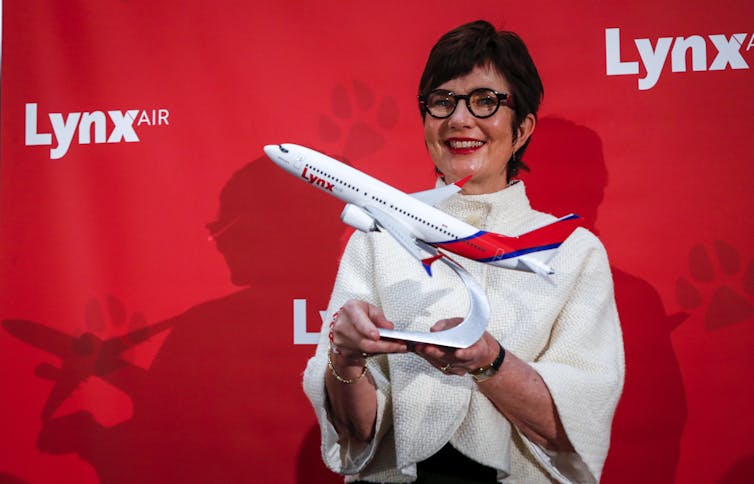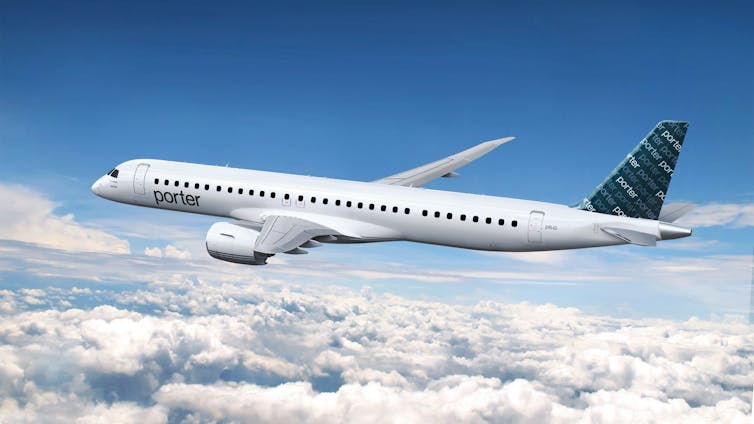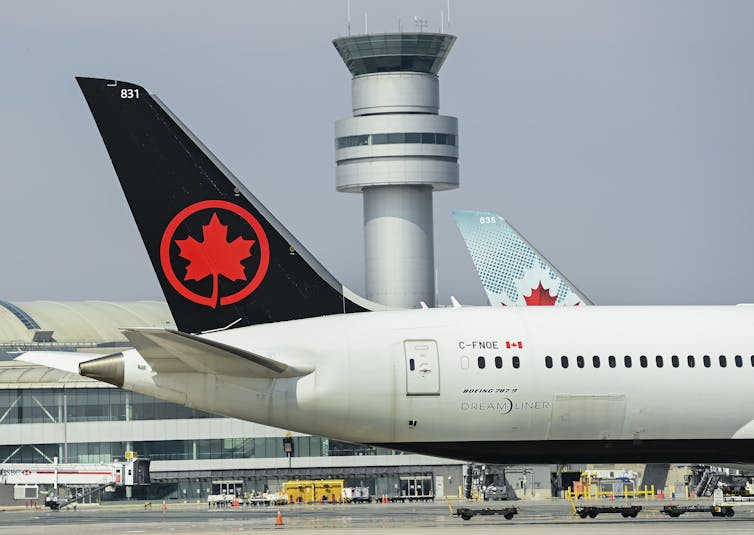The state of global aviation has been a mess in recent months as pandemic-related travel restrictions have eased and the subsequent demand for flights has put a tremendous strain on airlines and airports. For Canadian flyers, the situation may actually get worse after the summer travel season.
There are a number of reasons to explain the current chaos in the airline industry in North America and Europe — primarily related to staff shortages at the airlines and airports.
When travel ground to a halt during the beginning of the pandemic, airline industry jobs were eliminated. But as demand for flights escalated quickly this summer, there weren’t enough people working at security checks, air traffic and border control.
Air travellers continue to experience baggage mishandlings, delayed flights and, most recently for travellers coming to Canada, a return of COVID-19 testing.
Travellers worried
International travel demand has been impacted, with over 60 per cent of Canadians having reconsidered their travel plans because they were worried about disruption of their overseas vacations.
But there’s an even greater disruption on the horizon in Canada that’s unrelated to the current problems. A number of structural changes in the commercial aviation marketplace that have recently occurred, or are predicted to occur in the next 12 months, will result in more travel disruptions as airlines reconfigure themselves in the face of competitive and operating turmoil.
WestJet’s announcement of a strategic retrenchment into Western Canada is a sign that Canada’s newest ultra-low-cost carriers (known in the industry as ULCCs) are having an impact in WestJet’s Alberta home market.

New low-cost airlines
Flair and Lynx, two ULCCs based in Alberta, are each planning to deploy 50 new aircraft. This will require WestJet to respond with significant capacity and pricing initiatives to preserve its strength in Western Canada.
Eastern Canada will see the emergence of Porter Airlines as a larger player when it starts receiving the first of 50 state-of-the-art Embraer jets that will be deployed in major North American markets, primarily out of Toronto Pearson airport. Porter currently flies smaller planes out of Toronto’s downtown Billy Bishop Airport, a service it will maintain as the airline starts its Pearson operation.
While Porter seems to be taking aim at Air Canada with this strategy, there is an added complication for Porter flying out of Pearson.
Limitations at Pearson Airport
Pearson is what’s known as a slot-controlled airport, meaning there are limits to the number of landings and departures that can be accommodated by the airport. These slots are granted to airlines based on historical operating rights. New carriers must apply for slots to accommodate their scheduled operations — and rights are only granted if the requested slots are available.
With the buildup of airline capacity at Pearson in the spring of 2022, carriers have been operating a significantly greater number of flights to existing and new markets and consuming available slots.
Because these slots will now be “grandfathered” to current airlines — and with a paltry number of commercially acceptable remaining available slots — any new entrant into the Pearson marketplace will face significant challenges in securing marketable operating times. Both of Canada’s newest ULCCs, Flair and Lynx, are already experiencing issues in operating prime-time domestic operations.

When looking at Porter’s plans to base their 50- to 100-aircraft fleet at Pearson, the resulting flight schedule would most certainly add to the congestion travellers have experienced in recent months. And it is a certainty that Porter’s facilities and schedule will attempt to mirror those offered by current Pearson carriers.
Porter’s dilemma
This will be Porter’s dilemma: will there be sufficient commercially viable facilities and slots available for them to be able to operate a competitively timed product out of Pearson? Will the Pearson infrastructure — terminal and aircraft operations, as well traffic control — be taxed beyond what we have seen at Pearson in these recent months?
While there are many safeguards in the Canadian air travel marketplace, such as Air Passenger Rights, it’s likely that airport access — particularly at Pearson, Canada’s air travel hub — will be front and centre as emerging carriers seek to expand their services.
The evolution and survival of the commercial aviation industry in Canada will be put to the test — and may lead to a role for governments to provide additional, consumer-focused oversight on the allocation of Pearson’s slots to ensure fair access to new carriers.



